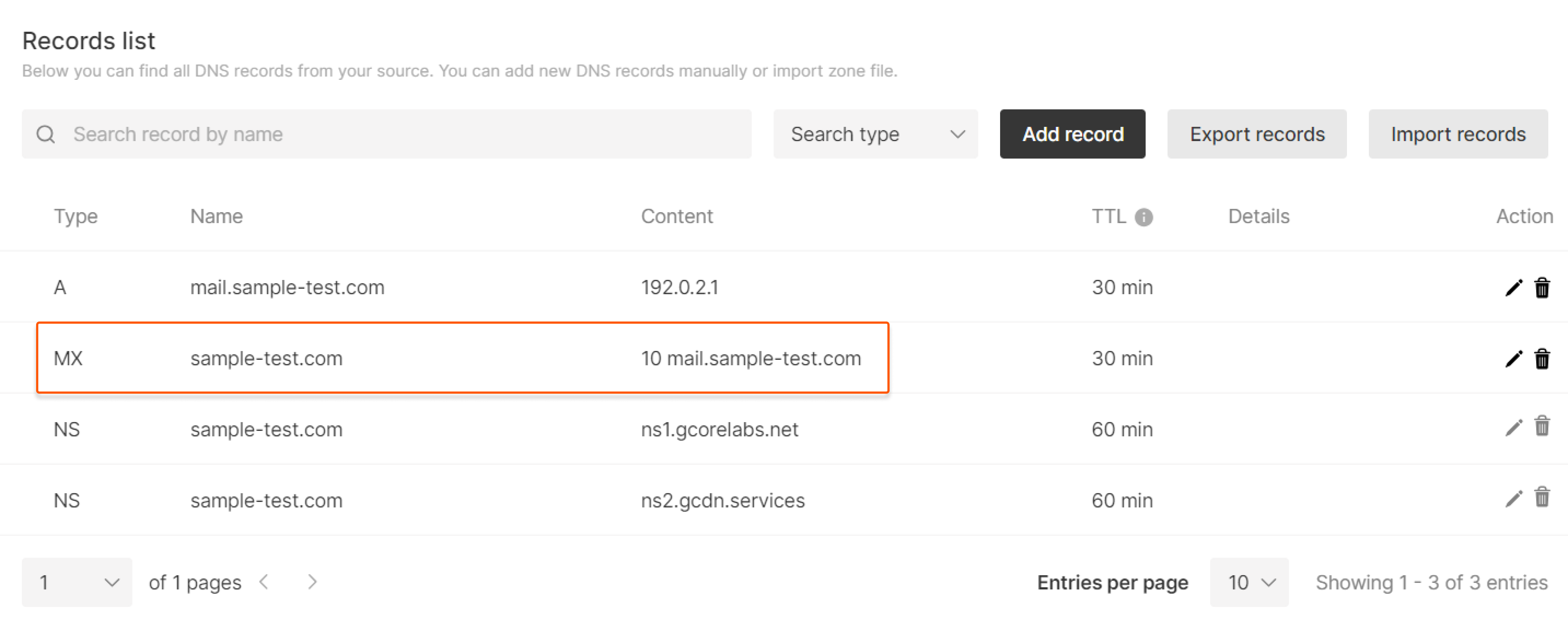DNS Mail Entry Explained: What You Need to Know
When it comes to managing your domain’s email, understanding DNS mail entries is crucial. DNS, which stands for Domain Name System, is responsible for translating domain names into IP addresses. A mail DNS entry, specifically, is used to tell email servers where to deliver emails for a domain.
Setting up and configuring DNS mail entries can be a bit technical, but with the right information, you can ensure that your emails are delivered reliably and securely. In this article, we will cover everything you need to know about DNS mail entries, including how they work and how to set them up correctly.
How DNS Mail Entries Work
When someone sends an email to an address associated with your domain (e.g., info@yourdomain.com), their email server uses DNS to look up the mail exchange (MX) records for your domain. These MX records specify the mail servers responsible for receiving emails for your domain.
Once the sender’s email server identifies the correct mail server, it establishes a connection and delivers the email. This process ensures that emails reach their intended recipients accurately and efficiently.
Setting Up DNS Mail Entries
To set up DNS mail entries for your domain, you will need access to your domain registrar or DNS hosting provider’s control panel. Here are the general steps to follow:
- Log in to your domain registrar’s control panel.
- Navigate to the DNS settings or DNS management section.
- Locate the MX records for your domain.
- Add or edit MX records to specify the mail servers that should receive emails for your domain.
- Save your changes and wait for the DNS changes to propagate.
It’s essential to ensure that the MX records point to valid and functioning mail servers to avoid any email delivery issues. You may also consider setting up SPF, DKIM, and DMARC records to enhance email security and authentication.
Common Issues with DNS Mail Entries
Despite its importance, DNS mail entry setup can sometimes be tricky, leading to email delivery problems. Some common issues that may arise include:
- Incorrect MX record configuration
- Missing or outdated DNS records
- Firewall or network issues blocking email delivery
- Blacklisting of mail servers
If you encounter any of these problems, it’s essential to review your DNS settings and consult with your DNS provider or IT support team for assistance. Resolving these issues promptly can help ensure the smooth delivery of your emails.
Conclusion
DNS mail entries play a crucial role in ensuring the reliable and secure delivery of emails for your domain. By understanding how they work and how to set them up correctly, you can avoid potential email delivery issues and enhance your overall email communications.
Remember to regularly review and update your DNS mail entries to keep them current and functional. With the right configuration and maintenance, you can maintain a robust email infrastructure for your domain.
